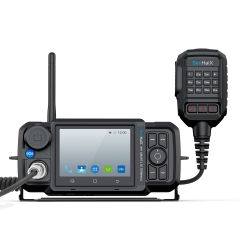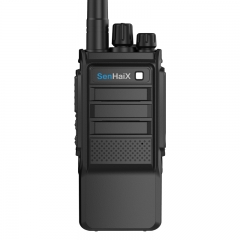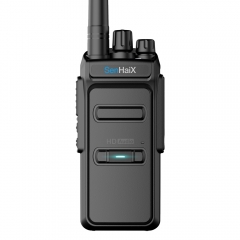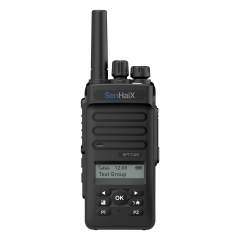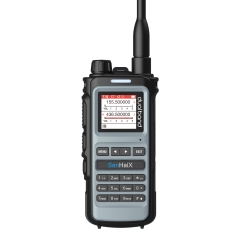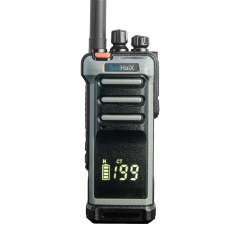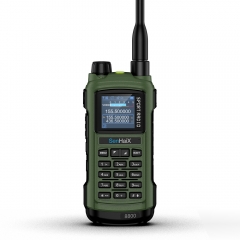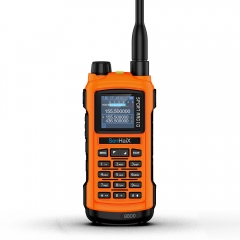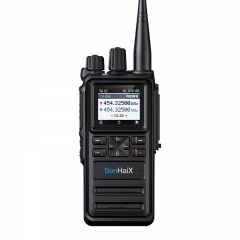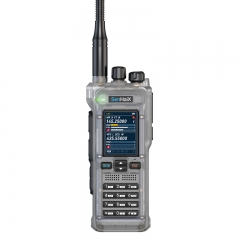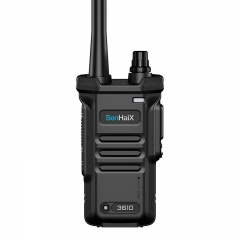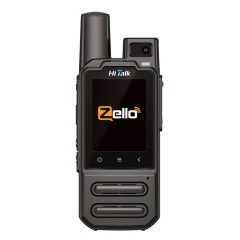In the world of wireless communication, two-way radios have proven to be indispensable tools for various industries and activities. One crucial factor to consider when evaluating the performance and capabilities of these radios is their output power. Output power directly impacts the range, clarity, and reliability of communication, making it a vital aspect to understand. In this article, we will delve into the significance of output power in two-way radios and its implications for different use cases.
Output power refers to the strength of the radio signal transmitted by a two-way radio. It is typically measured in watts (W) or milliwatts (mW). The higher the output power, the stronger the signal, resulting in an increased communication range. The output power of two-way radios can vary considerably, ranging from less than a watt to several watts, depending on the specific model and purpose.
One of the primary considerations when selecting a two-way radio is its range capabilities. Output power plays a crucial role in determining the communication range. A radio with higher output power can transmit signals over greater distances, enabling communication between individuals who are farther apart. This is particularly critical in scenarios where teams need to cover large areas or work in challenging environments with obstacles like buildings, mountains, or dense foliage that can weaken radio signals.
Output power also impacts the signal strength and clarity of communication. A radio with higher output power produces a stronger signal that is less susceptible to interference and attenuation. This results in clearer, more intelligible audio transmission, minimizing the chances of missed or garbled messages. Additionally, radios with higher output power can overcome external interference caused by environmental factors, ensuring reliable and consistent communication.
It's worth noting that higher output power can have an impact on the battery life of a two-way radio. Transmitting at higher power levels requires more energy, which can drain the battery faster. Users should consider their specific needs and prioritize battery life accordingly. Many radios offer adjustable power levels, allowing users to optimize between range, clarity, and battery life based on their requirements.
The output power of two-way radios is subject to regulatory restrictions and licensing requirements in many regions. Government agencies regulate output power to ensure fair and efficient use of radio frequencies and prevent interference with other devices. It is important to comply with local regulations and obtain the necessary licenses to operate radios with higher output power legally.
Different industries and applications have varying requirements for output power. For instance, in public safety and emergency response scenarios, where reliable long-range communication is critical, radios with higher output power may be preferred. Similarly, in recreational activities such as hiking or camping, where shorter-range communication is sufficient, radios with lower output power can provide adequate coverage while conserving battery life.
Output power is a significant factor to consider when evaluating the performance and suitability of two-way radios for specific use cases. Understanding the impact of output power on range, clarity, battery life, and regulatory compliance can help users make informed decisions. By selecting radios with the appropriate output power for their needs, individuals and organizations can maximize communication effectiveness, enhance safety, and improve operational efficiency in various environments.


















